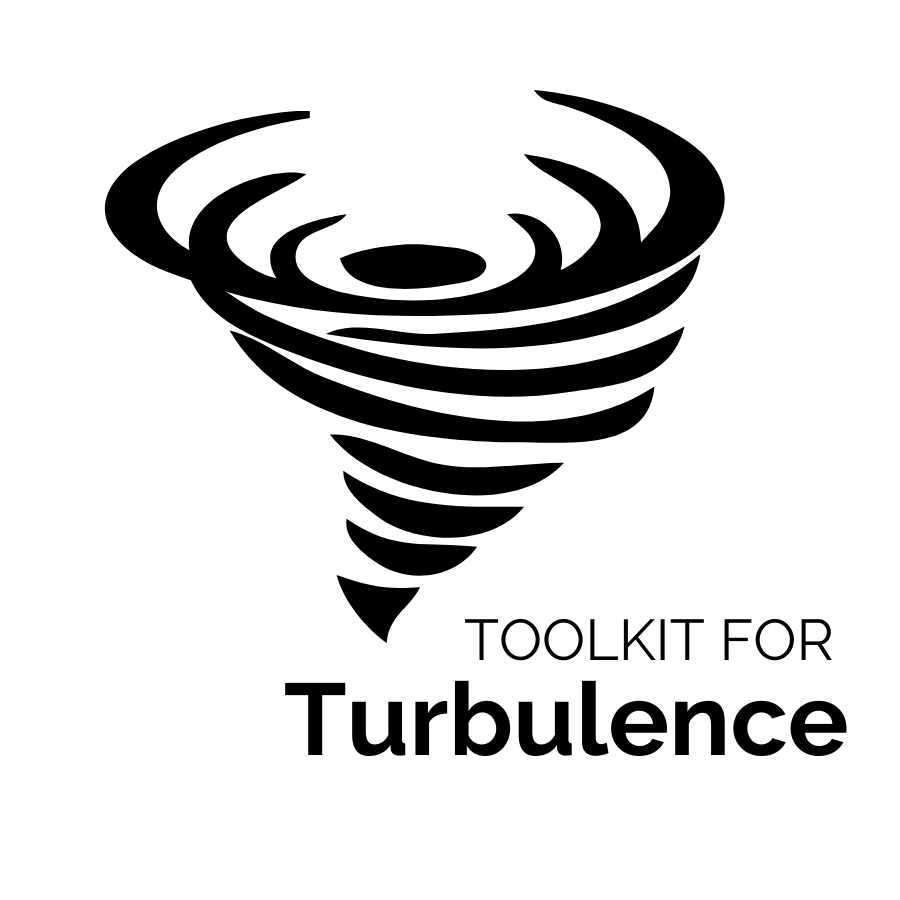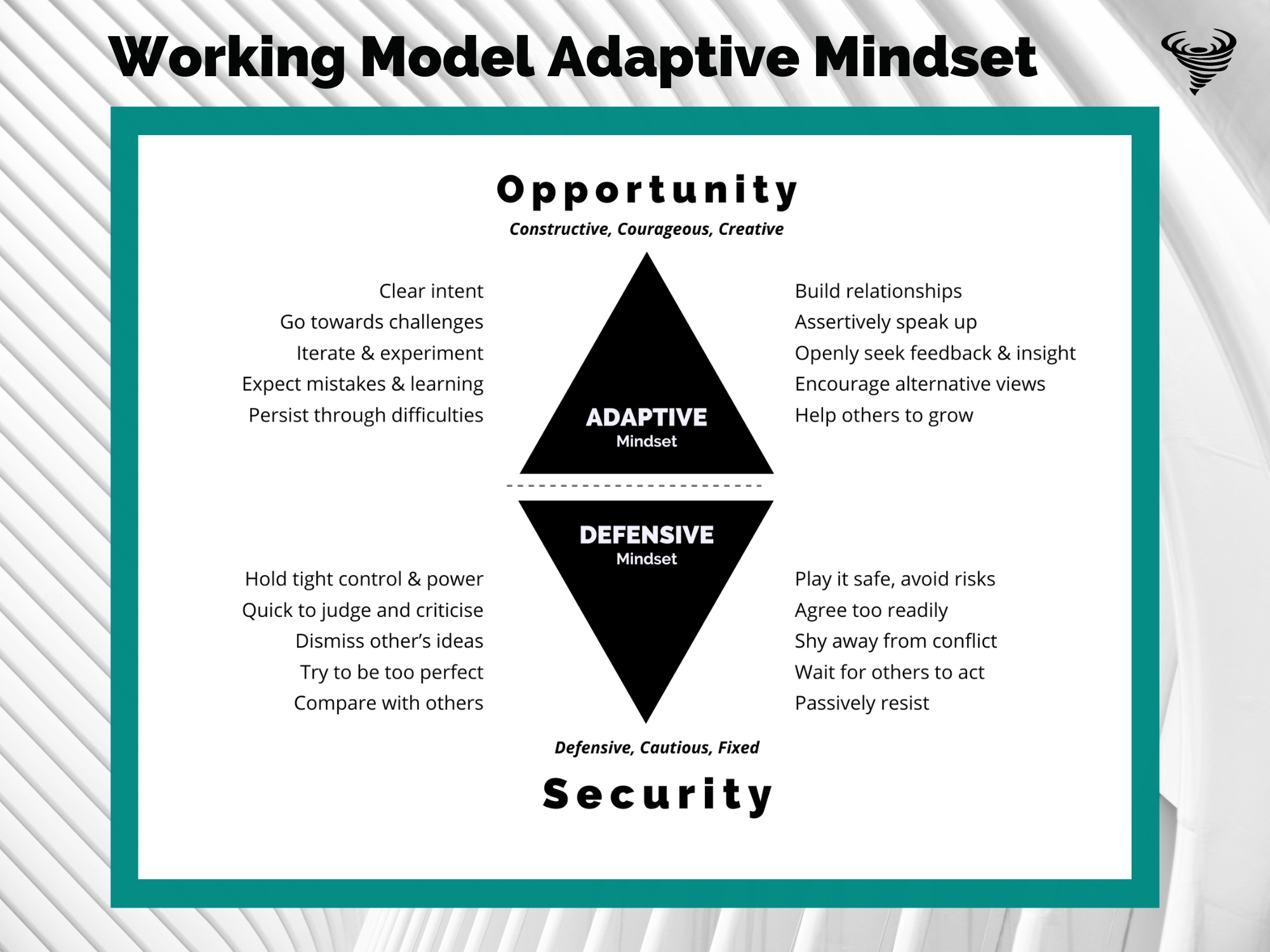Creating your own toolkit
How to create your own toolkit for turbulence.
Toolkit for Turbulence is divided into six parts and is chock full of tools, models and canvases to help you overcome leadership and team challenges. Stories from the field show you how to design and use tools for yourself, with your team and in the wider enterprise or ecosystem. You can follow the instructions or modify them to suit your preferences or circumstances. Here are some pointers to guide you in making those choices.
Team Canvas (Evaluation)
Navigating the book.
The Team Canvas is your one-page blueprint to high-performance teamwork. It is one of the 25 primary tools and provides the framework you and your team need to evaluate current state, envision future state and choose priorities to drive improvement.
The Pathway
Follow the pathway used by advantage leaders to build and sustain the capabilities to thrive in turbulent conditions.
ADEP Model. Introduction
Get to know the four essentials for sustainable performance and wellbeing.
Five Shares. One Team
Collaboration only happens when people share. This Think One Team model describes the ‘Five Shares’ in a handy tool for team building.
Make Vulnerability a Strength
Vulnerability helps leaders to build authentic and genuine connections and relationships, and creates a safe, and supportive environment.
Making Partnerships as Important as Teams
One of the critical requirements of leading and navigating in nonlinear environments is the ability to establish and sustain partnering relationships within and between teams, and with stakeholders.
The Burnout Threshold
The consequences of ongoing fatigue not only affect workplace performance, they also create health and relationship risks, ranging from the potential for depression to damaged relationships and the physical effects of poor lifestyle habits.
Defeat the Defensive Mindset
Leaders who model adaptive mindset and behaviours have a clear advantage in turbulence because they build teams and cultures that respond positively to challenge and change. Instead of being overwhelmed by threats and difficulties, they see and go towards opportunities for achievement, development and partnering with others.









